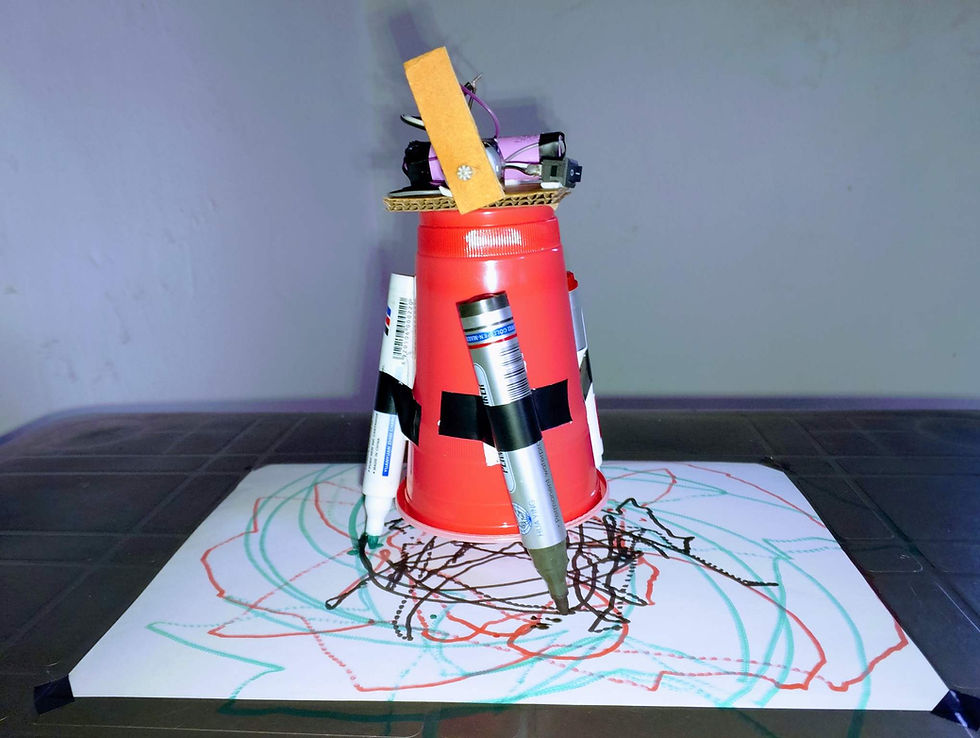FABSCAN: How to make a DIY 3D scanner for $150 or less
- mikefa97
- Jan 16, 2017
- 2 min read

We are talking all the time about 3D printing, 3D printer. But 3D printing most of the time needs an object that we download online on some specialized website, by drawing it ourself or a 3rd way which consists in an 3D scanning.
It exists differents kind of 3d scanner but the one we are going to talk about today is an open-source one that can be made at home or the closer fablab for less than 150 euros (~160 dollars). In a sentence, how to create your DIY 3d scanner.
It's name is FABSCAN, it's an open-source and do-it-yourself 3D scanner made by Francis Engelmann when he was in bachelor thesis.

To be quick on that part, a 3d scanner works by taking pictures of our object on 360 degrees, means all the object surface by making it turn.
Firstly you need to get all the following materials :
4 sheets of wood : 600 x 300 mm : 5mm thick
1 arduino fabscan shield (It's a shield made by Fabscan's constructor)
1 stepper motor driver Pololu A4988
1 stepper motor Nema 17, 200 steps
1 5mW laser
1 power supply 3-12V, 15A
1 logitech webcam c270


After getting all your parts, you can now go to the laser cutting part for the medium wood by downloading all the files with the following link : Laser_cutter_parts_fabscan
After assembling all the differents parts, you can now download all the differents software. You got the Fabscan software that is used to control the 3d scanner. This software is multi-platform ( Windows, Linux and Mac OS).

After the installation, you open it :
Select the logitech webcam in your menu
Select your serial port
and open the open control panel from the menu
And do the settings with camera and the laser for your scanner by loosen or thighten the screws for the camera and the laser. A no aligned camera can produce strange 3d scan results.

Then you can place the objetc on the rotating plate and click on ''Scan'' to launch the processus. After the scanninng the results is a cloud of points representing our object that you can saved as an STL or a PLY.

The next step is to use the software called Meshlab to transform the cloud of points in a smooth object with the filters.
What a good way to work on a new project or start creating things a DIY.
This DIY 3D scanner has been improved a couple of time and even with a Raspberry pi.
All the details and steps can be find via the following link : fabscan_aachen

If each of you have appreciated the article, you can subscribe to our newsletter and be aware of all our articles and follow us on the social networks : facebook, twitter, google+, instagram and youtube.
See you all for the next articles. ;-)




























Commenti